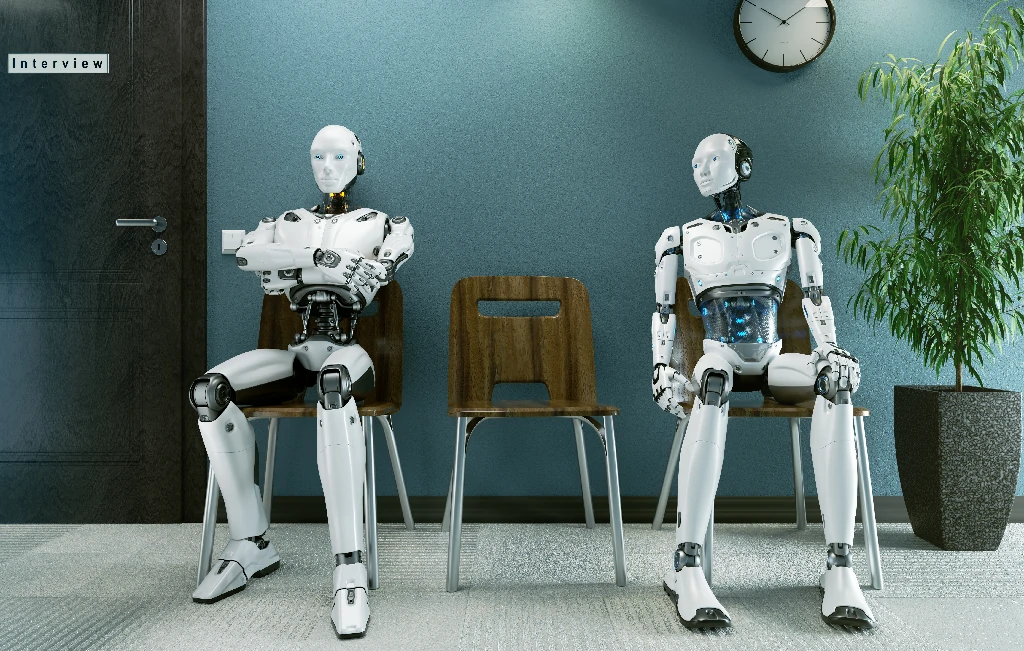In 2025, humanoid robots are no longer a distant dream—they’re becoming a critical solution for industries facing severe labor shortages. Companies like Tesla, Apptronik, and Agility Robotics are leading the charge in developing robots that replicate human movements and tasks with impressive precision. According to Morgan Stanley, the humanoid robot market could grow from $20 billion in 2030 to $1.2 trillion by 2040, reaching $4.7 trillion by 2050. This rapid growth highlights the role of robotics in addressing the automation needs of logistics, manufacturing, and even elder care sectors.
Designed to work alongside humans, humanoid robots are taking on repetitive, physically demanding tasks, freeing human workers to focus on roles that require problem-solving, creativity, and emotional intelligence. Advanced AI and machine learning have enabled these robots to adapt to dynamic environments and execute complex actions. However, experts warn that humanoid design must prioritize function over appearance to ensure efficiency and safety in real-world applications.
Despite their promise, the rise of humanoid robots raises ethical and societal concerns, particularly about job displacement and human-machine interaction. Policymakers, companies, and communities must collaborate to create responsible regulations that balance innovation with social responsibility. With thoughtful integration, humanoid robots can enhance productivity and help build a resilient workforce for the future.





